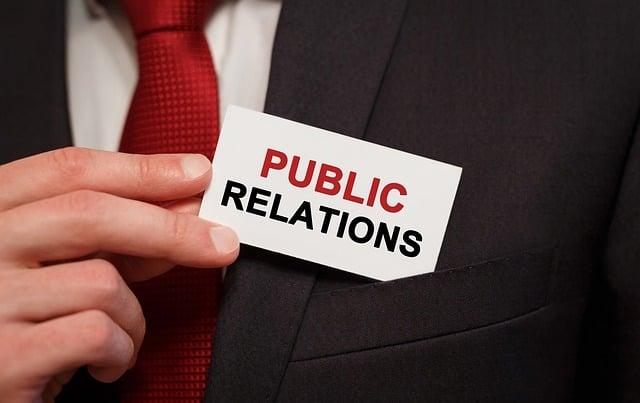Title: Navigating the Leash: Understanding the Debate on Unleashed Dogs in Public Spaces
In recent years, the sight of dogs frolicking freely in public parks, beaches, and urban spaces has become increasingly common, sparking a lively debate among pet owners, city officials, and the community at large. As more people embrace the companionship of dogs, the question arises: should our furry friends be allowed to explore public spaces without the restraint of a leash? This discussion taps into broader themes of safety, responsibility, and the evolving relationship between humans and animals in shared environments.
In this article, we will explore the various facets of this debate, considering the benefits of allowing dogs to roam unleashed as well as the potential challenges it presents. We aim to provide a balanced perspective that highlights the importance of coexistence and mutual respect in public areas. Whether you’re a dog owner, an animal enthusiast, or someone who simply enjoys the tranquility of public spaces, understanding the implications of unleashed dogs is essential in fostering a harmonious community for all.
Understanding Canine Behavior in Public Spaces
When considering the presence of our furry companions in public spaces, understanding their behavior is essential to ensure a harmonious experience for everyone. Dogs, like humans, have unique personalities and react differently to the stimuli around them. Socialization plays a crucial role in how they behave when surrounded by unfamiliar sights, sounds, and smells. A well-socialized dog is typically more adaptable and less likely to exhibit anxiety-driven behaviors such as excessive barking or lunging. It’s important for dog owners to gradually introduce their pets to various environments and observe their comfort levels, adjusting as necessary to prevent stress.
Factors to consider when assessing canine behavior in public spaces include:
- Temperament: Some dogs are naturally more outgoing, while others may be shy or easily overwhelmed.
- Training: A well-trained dog is more likely to respond to commands and exhibit good manners.
- Health: Physical well-being can affect behavior; ensure your dog is healthy and comfortable.
- Age and Experience: Puppies and younger dogs might require more guidance and supervision than their older counterparts.
Understanding these aspects can help dog owners make informed decisions about when and where their pets can roam freely, ensuring a positive experience for both the dogs and the public. By being mindful of canine behavior, we can foster a more inclusive and enjoyable environment for everyone.
Fostering Positive Interactions Between Dogs and People
In our bustling urban environments, the relationship between dogs and humans can be enriched by encouraging respectful and enjoyable interactions. Establishing clear guidelines for off-leash experiences is crucial. Consider implementing designated zones in parks where dogs can roam freely under supervision, ensuring these areas are equipped with adequate fencing and signage. This not only provides a safe haven for our four-legged friends but also creates a space for dog owners to bond with their pets and other dog enthusiasts.
To promote harmonious encounters, it’s essential to educate both dog owners and the general public on the etiquette of off-leash interactions. Here are some tips to foster positive experiences:
- Training: Ensure dogs are well-trained and responsive to commands before allowing them off-leash.
- Respect personal space: Not everyone is comfortable around dogs; respect boundaries and keep a close eye on your pet’s interactions.
- Read the room: Be mindful of the environment and assess whether it’s appropriate for an off-leash experience.
- Clean up: Always carry bags to clean up after your dog, maintaining a clean and pleasant space for all.
By fostering these practices, we can create a more inclusive and enjoyable community for both dogs and their human companions.

Creating Safe Environments for All Public Space Users
In considering whether dogs should be allowed unleashed in public spaces, it’s essential to focus on fostering environments where everyone feels secure and welcome. A significant factor to this is ensuring that dogs, regardless of their size or temperament, do not pose a threat or cause discomfort to other public space users. To achieve this, it’s crucial to implement clear guidelines and maintain a sense of mutual respect among all individuals sharing these spaces.
- Designated Areas: Consider creating designated zones for dogs to roam freely, where they can play and exercise without disturbing others.
- Training and Behavior: Encourage dog owners to ensure their pets are well-trained and socialized to minimize aggressive behavior and enhance safety.
- Clear Signage: Implement clear signage to inform all users of areas where dogs are allowed off-leash, promoting awareness and reducing potential conflicts.
- Community Engagement: Foster a community dialogue to address concerns and gather input from diverse users, enhancing understanding and cooperation.
By incorporating these strategies, public spaces can become harmonious environments where dog owners and non-dog owners alike can coexist peacefully, ensuring that the needs and safety of all are met.

Guidelines for Responsible Dog Ownership in Shared Areas
Embracing the joy of having our canine companions in shared spaces comes with the responsibility of ensuring their behavior is both respectful and safe. Dog owners must prioritize the safety and comfort of everyone in the area. This means being aware of local regulations and understanding the needs of other individuals and animals present. Here are some key guidelines to follow:
- Always carry a leash: Even in off-leash areas, it’s important to have a leash on hand for situations that require immediate control.
- Train for recall: Ensure your dog responds reliably to commands, particularly “come,” to prevent any unintentional disturbances.
- Monitor interactions: Supervise your dog’s interactions with people and other dogs to ensure positive and safe encounters.
- Pick up after your pet: Keep shared spaces clean by promptly removing any waste your dog produces.
Following these guidelines fosters a community atmosphere where dogs and humans alike can enjoy public spaces harmoniously.

